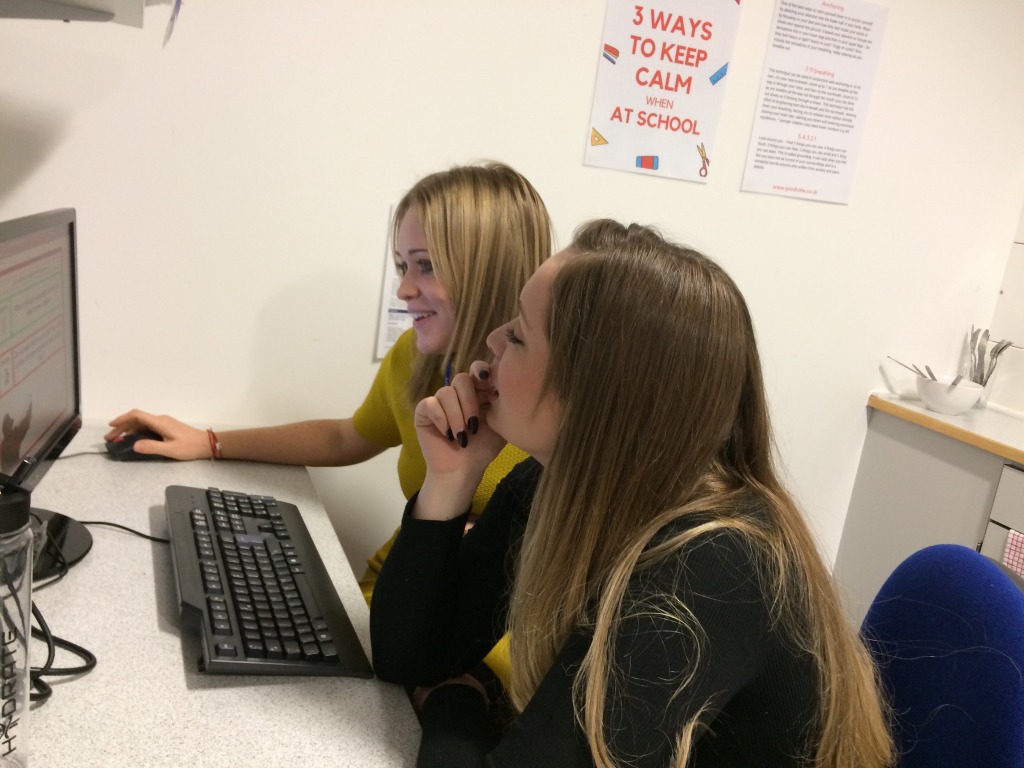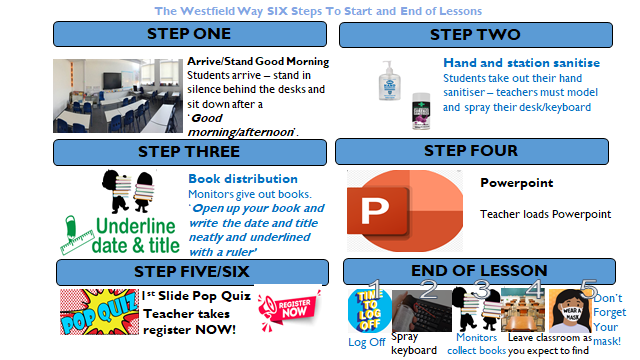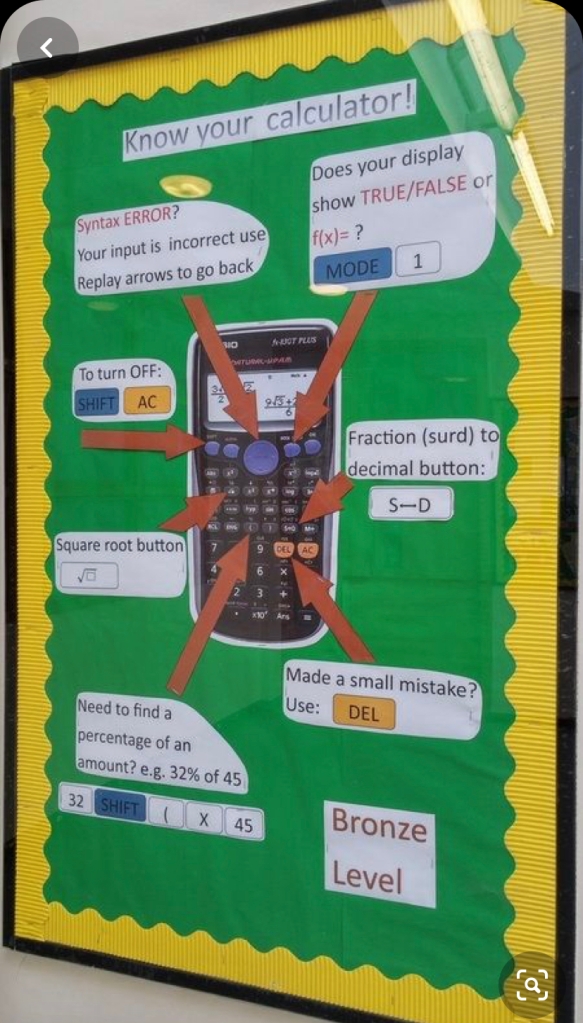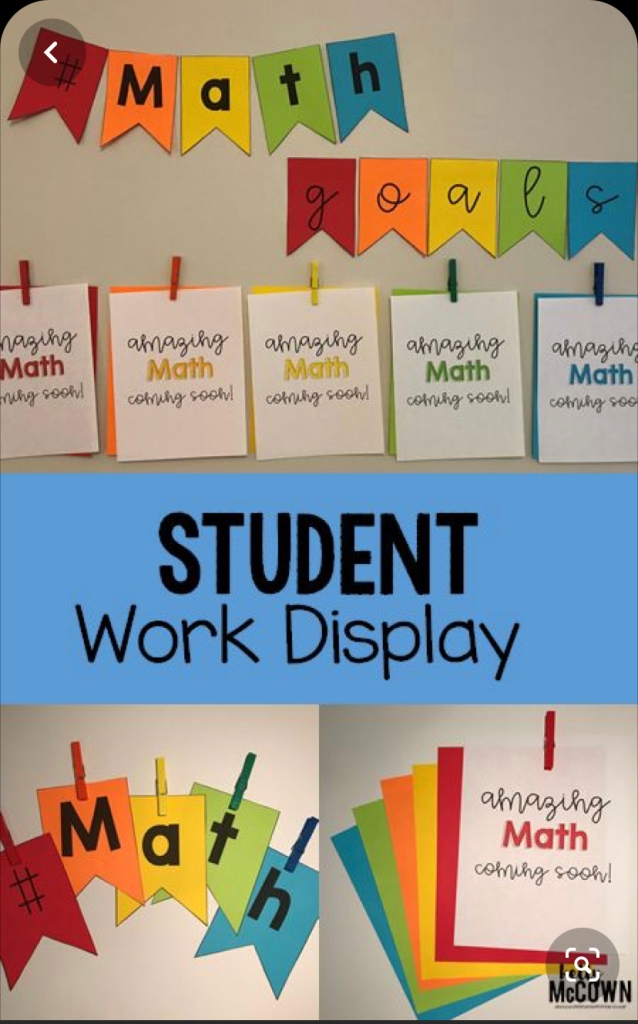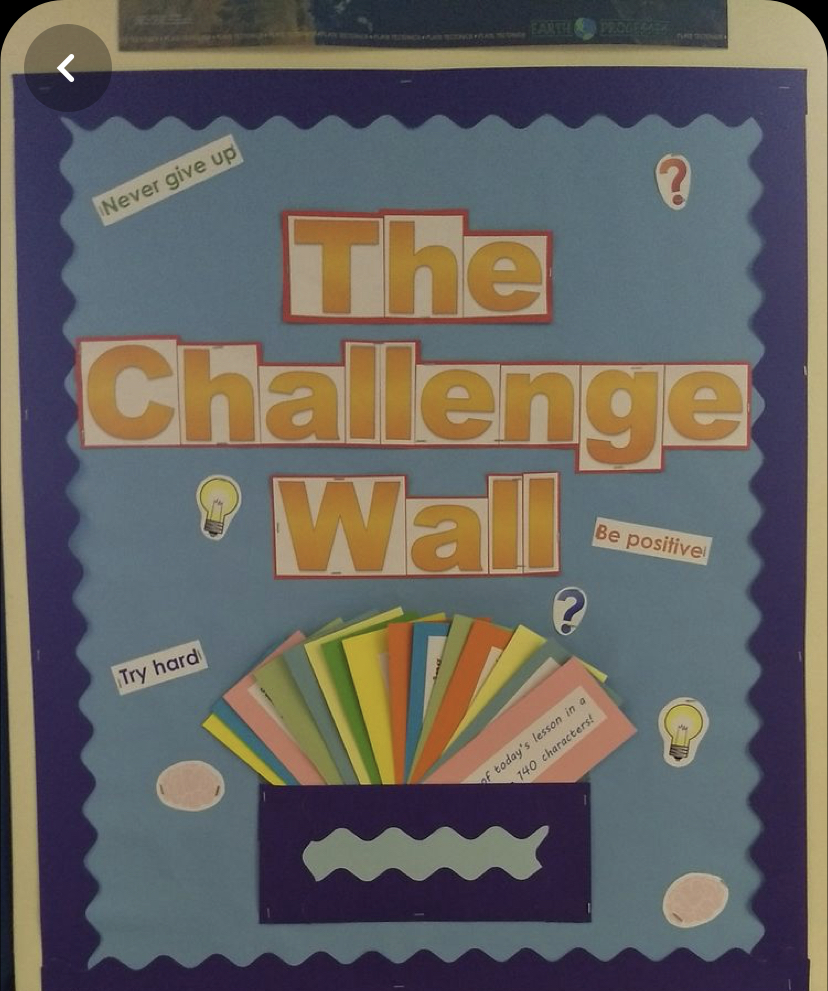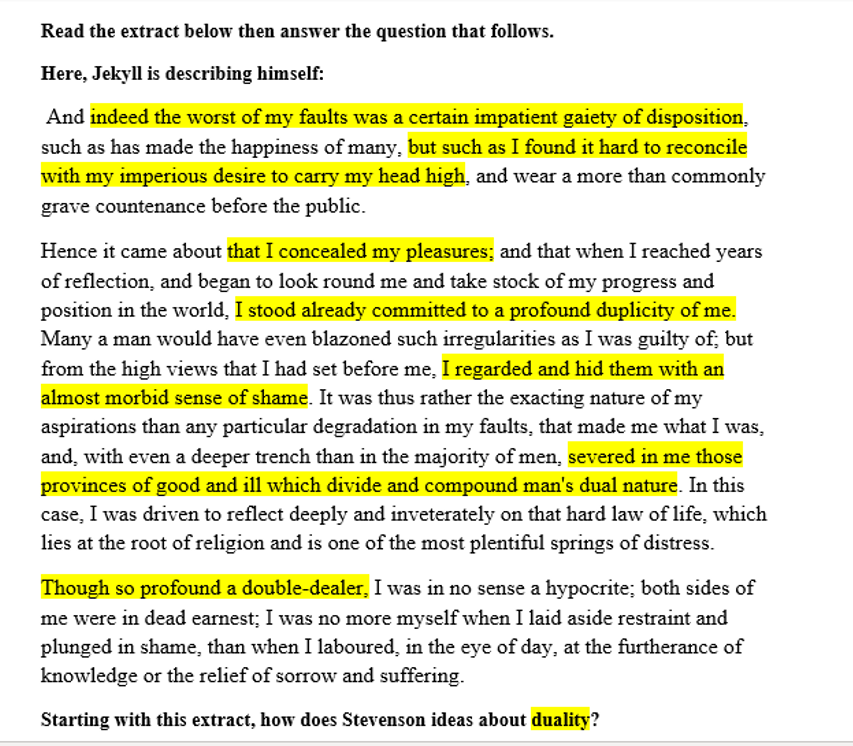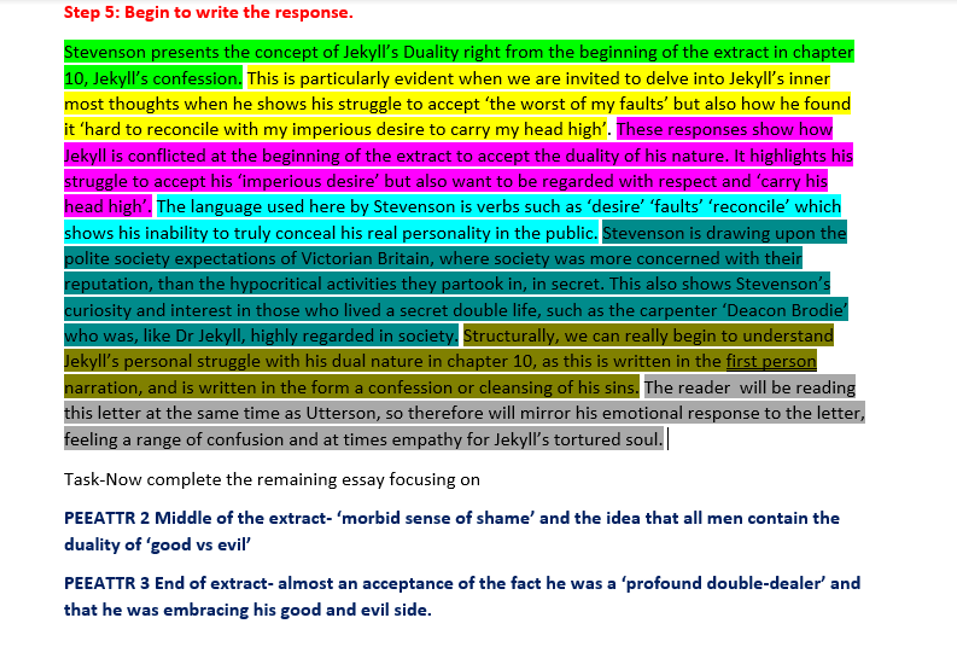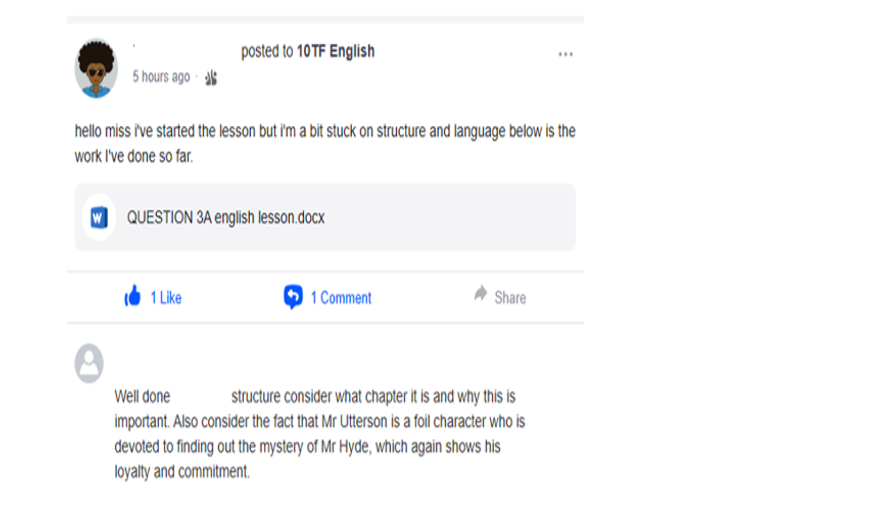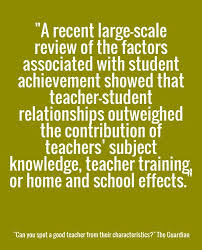Not a return as such, as the Butterfly sessions have been a constant, more of a Blog update.
This week we reviewed our Coaching programme, its’ rationale, process and why we believe it can have such an impact for teachers in their classroom practice.
Our aim for 2023-24 is to establish and embed a coaching programme and culture in the Academy, and in so doing maximise the teaching potential of our staff.
In turn this will:
- raise classroom standards at Westfield,
- value and retain staff,
- establish a consistent set of standards and expectations across the Academy.
Why Coaching?
Teaching is a performance profession, a job that requires us to perform a task with perfect accuracy in the moment. Every moment in the classroom is one irreplaceable chance to teach students what they need to learn. Coaching can provide support for colleagues to make sure that they will succeed today, tomorrow and throughout their careers.
A coaching programme at Westfield will provide this opportunity.
“A non-judgemental and strengths-focussed approach to facilitating the learning of another which seeks to balance challenge and support”
Thomas W. and Smith A. (2008)
Instructional Coaching is a specific style of coaching based on the American understanding of instruction – a word that generally refers to the act of teaching. The term “instructional coaching” is therefore meant to refer to a form of coaching that is focused upon a teacher’s practice. The UK interpretation is that of an order or a direction and “instructions” are a detailed list of steps to be taken or rules to be followed. This interpretation is not the process that we will be following
This distinction is vital – coaching is a dialogue and agreement about teaching between coach and coachee, one that develops perception, reflection and professional flexibility.
Coaching draws out solutions and self awareness, and is a more sustainable approach towards the development of lifelong learning for teachers.
A typical session, as outlined by Ambition Institute might follow this process:
We currently have 3 trained coaches working with colleagues, with a view to increasing capacity with both more coaches and coachees by January.
Looking back over the Blog, it is heartening to see that our initial beliefs in the power of marginal gains and small change…large effect are still in evidence:
If sufficient butterflies were to beat their wings in the Amazonian forest they could trigger a hurricane thousands of miles away…’
